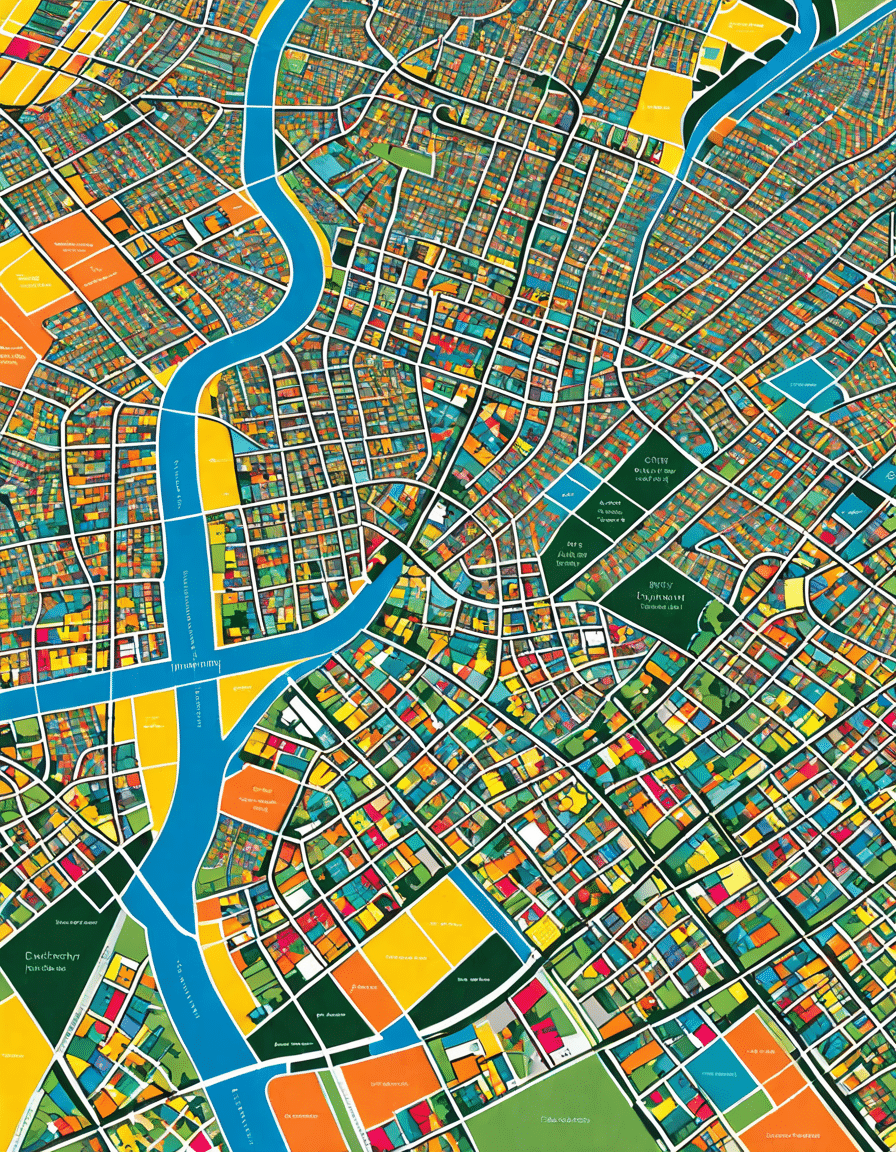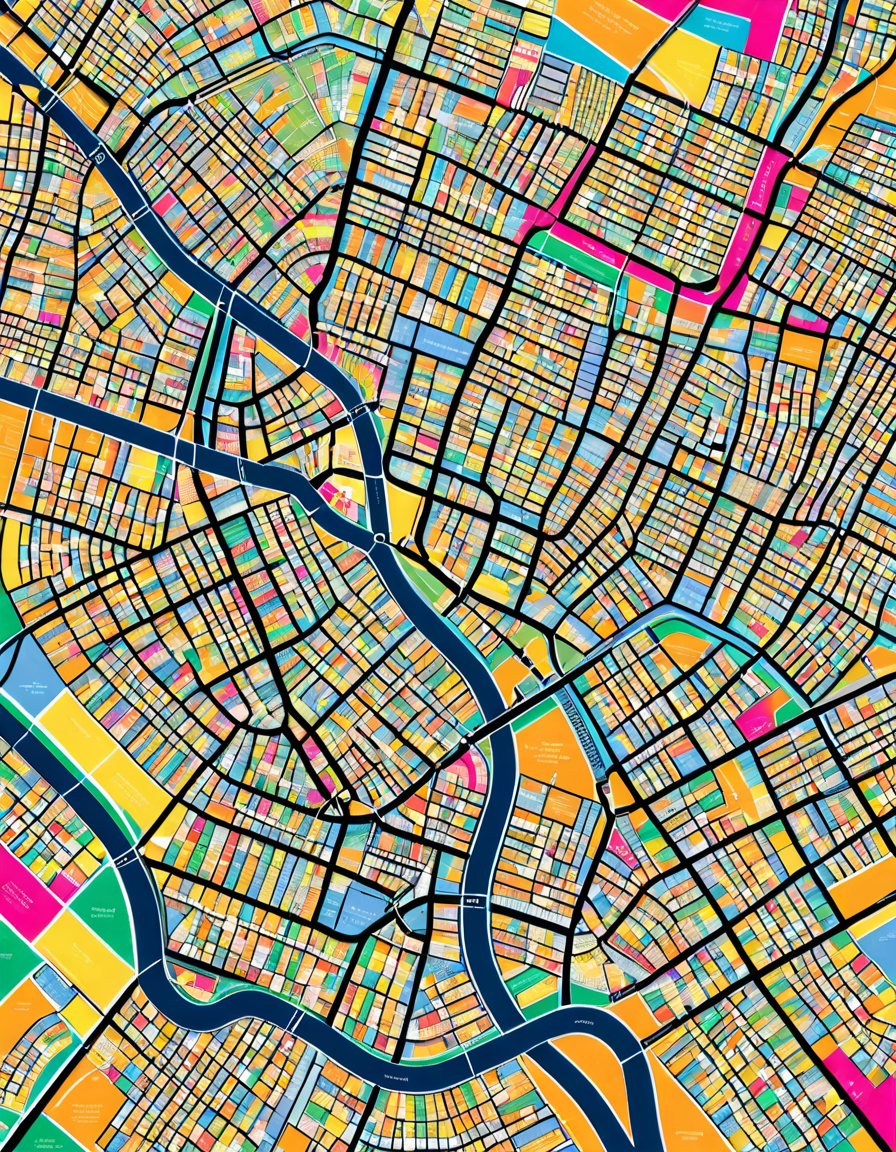
Understanding the Role of Redistricting in Democracy
Redistricting is a pivotal process that plays a critical role in shaping democracy. It involves redrawing electoral district boundaries every ten years, following the United States Census. This practice affects political representation, voter engagement, and party dominance across different levels of government. When boundaries shift, so do the power dynamics, making it essential to explore how redistricting influences the political landscape year after year.
The implications of redistricting extend far beyond simple map changes. By adjusting district lines, lawmakers can either encourage or hinder voter turnout, impacting who gets to hold office. The power to influence electoral outcomes through redistricting has made it a hotly contested issue in many states, sparking debates about fairness and representation. In effect, redistricting can either bolster a democracy or compromise its foundational principles, depending on who holds the pen.
Let’s dive into recent redistricting trends and their political ramifications. Understanding how these changes unfold can prepare voters and political analysts alike for what lies ahead as we approach the pivotal 2026 election cycle.

Top 7 Recent Redistricting Changes and Their Political Consequences
1. Texas: A Republican Stronghold Solidified
In Texas, redistricting has solidified Republican dominance by crafting districts that favor GOP candidates. Suburban areas, like Fort Worth, have seen boundaries draw in ways that amplify conservative power, leaving Democrats at a significant disadvantage. Consequently, Texas remains a bastion for the Republican party as they leverage demographic shifts to their advantage.
2. Georgia: A Battleground State Emerges
Georgia’s redistricting is a textbook example of change in action, transforming it into a significant battleground state. The inclusion of urban areas around Atlanta in Democratic districts highlights this state’s evolving demographics. With a competitive political landscape, Georgia adds a layer of intrigue to upcoming elections, making it a focus for both parties.
3. North Carolina: Controversies and Court Battles
North Carolina’s redistricting efforts have sparks contentious legal challenges, particularly concerning gerrymandered districts. State courts have been pushed to intervene, striking down decisions that violate fair representation principles. This ongoing saga illustrates the importance of judicial oversight in ensuring that democracy prevails over political maneuvering.
4. California: Redistricting for Representation
California has taken a different approach with independent redistricting, aiming for fairness and transparency. An independent commission has notably succeeded in reducing systemic bias, leading to more competitive electoral races. This model serves as an exemplar for potential reforms across the nation as legislators and activists push for change.
5. Florida: Partisan Gains Amid Population Growth
Florida’s redistricting showcases how population growth can translate into political advantage. The Republican Party capitalizes on shifts in Jacksonville’s demographics, actively manipulating district lines to maintain a stronghold. As a crucial swing state, Florida’s electoral landscape remains dynamic and ready for political jockeying.
6. Illinois: A Fight for Democratic Control
In Illinois, the stakes are high as rural representation has increased, which may cost Democrats vital votes in urban centers. Redistricting has tested the durability of Democratic control, highlighting how shifts in representation can dramatically alter political fortunes. The fight continues, emphasizing that redistricting influences more than just map lines—it affects power dynamics.
7. Michigan: Voter Initiatives and Independent Commissions
Michigan’s independent commission for redistricting has yielded positive results, producing districts that are more representative of the state’s population. This initiative has not only streamlined the redistricting process but also boosted public trust in the electoral system. As voters begin to see their voices reflected, engagement and excitement around civic participation rise.
The Future of Redistricting: Innovation and Technology
As we step deeper into 2026, technology’s impact on redistricting becomes undeniable. Advanced data analytics from sources like the U.S. Census Bureau and private demography firms allow states to draw district maps that truly reflect population changes. With tools like Maptitude and DistrictBuilder, both lawmakers and grassroots activists can engage with the redistricting process more transparently and responsibly.
In this evolving landscape, the use of technology signals a potential shift away from gerrymandering and towards a focus on representing public interests. Data-driven decisions might not just restrict partisanship; they could redefine the way citizens view their role in democracy. Engaging tools and platforms have the power to cultivate a greater sense of accountability, enfranchising voters and enhancing democratic processes overall.
The Intersection of Redistricting and Voter Engagement
Redistricting is about more than politics; it fundamentally shapes voter engagement. An informed electorate is crucial in holding representatives accountable, and many civil rights organizations, like the NAACP and ACLU, are advocating for comprehensive reform. Through dedicated advocacy, there’s potential for addressing disparities in representation, which could boost civic participation drastically.
As awareness around what redistricting means grows, more citizens are likely to stand up for their rights at the polls. When voters recognize how district boundaries affect their power, the chances for grassroots movements gain momentum. A more educated populace could shift the landscape of political participation, leading to significant changes in who decides political outcomes.
Navigating Challenges in the Redistricting Arena
Even with advancements in transparency and technology, redistricting isn’t without challenges. Misinformation continues to swirl around the process, leaving many voters confused about their rights and the implications of boundary changes. This lack of understanding can lead to disengagement, ultimately undermining the democratic process.
Legal ambiguities also persist as many states grapple with the aftermath of contentious redistricting cycles. The outcome of recent court cases remains unpredictable, keeping politicians and voters on their toes. The path forward requires vigilance and adaptability; as lawmakers face increased scrutiny, citizen awareness will be crucial in holding them accountable.
Treading the Future: The Path Ahead for Redistricting
Looking ahead to 2026, discussions surrounding redistricting need to evolve with public sentiment and demographic trends. It’s vital for political leaders to involve citizens in these conversations to create a more representative democracy. Engaging the community will help address concerns regarding equity in political representation, enabling a healthier civic environment.
As we approach future elections, the redistricting process offers a unique opportunity. Politicians and citizens can co-navigate the landscape, reimagining their political vistas. Building awareness and encouraging active participation will help construct a more inclusive electoral system that mirrors the rich diversity of American society. This collective effort can spark genuine change, paving the way for a resilient, vibrant democracy for generations to come.
Through effective redistricting, Americans can ensure their voices resonate in a robust and fair political landscape, ultimately reshaping the country’s future.
Redistricting: The Art of Shaping Our Political Landscape
Did You Know? Fun Facts About Redistricting
Redistricting’s an age-old practice that’s as important as it is fascinating. It’s not just a bureaucratic chore; it’s a vital political tool that can impact elections and, ultimately, governance. For a bit of trivia, did you know that redistricting takes place every ten years after the U.S. Census? This process draws new district lines based on population shifts, meaning some areas gain representation while others lose it. This shift can be significant, making or breaking political careers. Fun fact: just as someone might carefully choose a paint color, like pale oak benjamin moore, to set the perfect mood in their home, politicians often regard redistricting as a chance to recalibrate their political advantage.
It’s a tricky business, and misinformation can easily skew perceptions of how the system works, just as misleading headlines sometimes appear in publications like the Press Of Atlantic city. Throughout history, redistricting has sparked fierce debates, especially when it comes to gerrymandering—where district lines are drawn to benefit a particular party. But it’s not all politics; certain legislative maps can have surprising effects on local issues, like housing and community programs, which can be as daunting to discuss as tackling the best refinancing options, such as a glance at the current refinance rates today.
As redistricting can influence where voters are placed, it’s also shaped by the very populations it serves. Did you know that Hawaiians have their own unique airline, called Mokulele Airlines? This ties into redistricting since local demographics affect representation in government, reflecting the voices of diverse communities. In a lighter sense,proxy battles” over district lines can feel like celebrating national Pie Day, where everyone’s got a favorite slice, but few want to share their recipe. Just like the wide variety of flavors of Milkis, district lines can represent a cornucopia of political tastes and interests.
In shifting demographics and tight-knit communities, sometimes the best ideas come from unexpected places—like finding a treasure in a manga using a Manga free Manga reader. Understanding the importance of redistricting is crucial, and educating oneself can lead to informed voting—think of it as actively participating in a spirited conversation about the Populist Party. Whether you’re curious about how shifts in boundaries affect your vote or how to best support your community, knowing the ins and outs of redistricting can keep you engaged and ahead of the curve. Plus, keeping an eye on the political landscape might even help ward off stubborn puffy eyes with a handy tool like the Peter Thomas roth instant Firmx Eye. The health of our democracy is often at stake in these seemingly mundane tasks, so let’s dive into redistricting with both eyes wide open!




